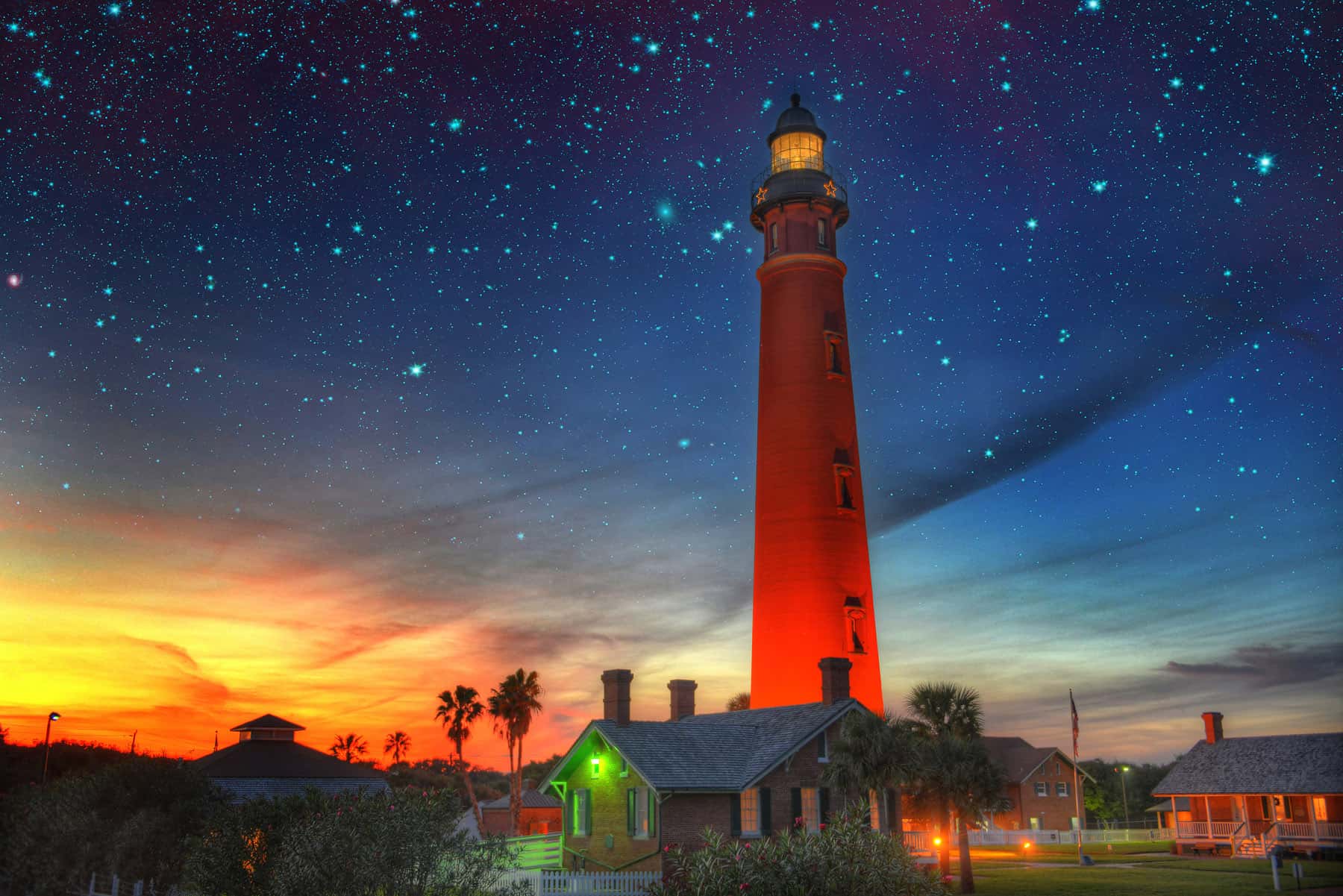While today Daytona Beach boasts itself with such reputations as the 'World Centre of Racing' and the 'World's Most Famous Beach,' the city has a history that dates back to the 1870s. In the merger between three separate cities - Daytona, Daytona Beach and Seabreeze - the Daytona Beach we know and love today was born. While the flat land brought automobile and motorcycle enthusiasts to test their inventions, giving Daytona Beach its fame, the history of the area goes back so much further as displayed by its most historic sites and buildings.
Bulow Plantation Ruins
 https://www.flickr.com/photos/52947023@N00/151227991
https://www.flickr.com/photos/52947023@N00/151227991
As one of the oldest buildings in Daytona Beach, the Bulow Plantation Ruins should be a history hunter's first stop. Founded in 1821, long before the city itself, this historic site was once a thriving plantation. It was prized for its production of sugar cane, cotton, indigo and rice crops. Today only a spare few plantation buildings remain at Bulow. The grounds feature regal coquina rock ruins of a long defunct sugar mill, a spring house and the foundations of the former plantation manor. The fields have long been reclaimed by forest, but the ruins host a wonderful open-air museum that features not only artifacts of the plantation's history, but Seminole Native American relics, a people that were plagued and displaced by the plantation and its sprawling fields, although the plantation was later destroyed by the Seminoles during the Seminole Indian Wars.
Mary McLeod Bethune House
 By Ebyabe (Own work) [GFDL (http://www.gnu.org/copyleft/fdl.html) or CC BY-SA 3.0 (http://creativecommons.org/licenses/by-sa/3.0)], via Wikimedia Commons
By Ebyabe (Own work) [GFDL (http://www.gnu.org/copyleft/fdl.html) or CC BY-SA 3.0 (http://creativecommons.org/licenses/by-sa/3.0)], via Wikimedia Commons
Constructed in 1914, historic Mary McLeod Bethune House is located in the centre of the Bethune-Cookman University campus. While today the restored house is museum to the woman herself, filled with trinkets like Dr. Mary Mcleod Bethune's childhood bible, her national and international awards, and household appliances from the era, this used to be a house of famed dignitaries. Dr. Bethune spent the majority of her barrier-shattering life here, hosting distinguished guests such as Eleanor Roosevelt, the founder of the National Council of Negro Women, and advisors to several United States Presidents. Dr. Mary McLeod Bethune was integral in her leadership during the Women's Movement and Civil Rights Movement. Today, visitors can tour her house in full, not only getting a taste for how people lived in ages long past but to learn about this woman of merit and Daytona Beach heroine.
Ponce de Leon Inlet Lighthouse
 Daytona Beach Area Convention & Visitors Bureau
Daytona Beach Area Convention & Visitors Bureau
The North Atlantic coast of the United States doesn't have a monopoly on majestic lighthouses. In fact, Daytona Beach is home to one of the most beautiful lighthouses in Florida. Completed in 1887, the Ponce de Leon Lighthouse is the tallest lighthouse in Florida. The facility stretches 53 meters into the sky and provides an excellent view over the sandy shores. While climbing the lighthouse is sure to remind visitors of leg muscles they forgot they had, the surrounding grounds also feature a great view as well as a nautical museum. The real lighthouse junkie is sure to be thrilled by the Fresnel Lens exhibit as well as the other exhibits that detail the life of the lighthouse, shipwrecks in the area and nautical history of Daytona Beach.
The Casements
The Casements served as the winter home of early millionaire and philanthropist John D. Rockefeller. While most Rockefeller sights are usually restricted to New York City where he lived and worked, Rockefeller used Daytona Beach as a sunny escape from the occasionally harsh New York winters. Today, the mansion is still relatively intact in its splendor. The Rockefeller estate was well cared for even after his death and it has since been remodeled into a museum for not just the man but the glorious time period in which he lived. One of the highlights of the exhibits within The Casements is the Rockefeller Period Room that details the man's life and his business.
Turtle Mound
History focused Daytona Beach visitors with time in their itinerary may also want to travel south of the city to New Smyrna Beach. In one of the few Native Americans sites that remain in the area, Turtle Mound is easily a stunning addition to the already beautiful landscape. The Turtle Mound is named for its turtle-like shell in the sand made from 25,300 cubic meters of oyster shell that rises nearly 36 meters high. Construction of the mound is credited to the Timucan Native Americans in the early 1800s, but the beloved structure remains a prize even in these modern times. The mound is especially beautiful during sunrise when the oyster shell glitters in the sun.


